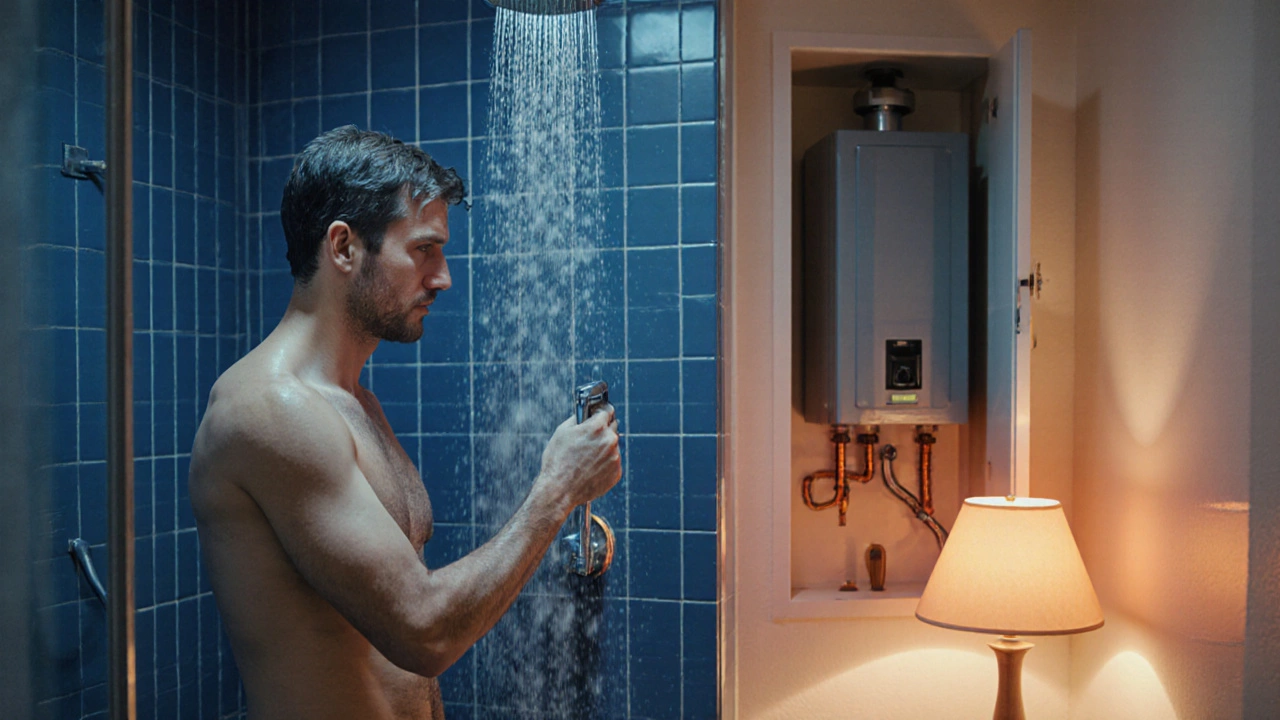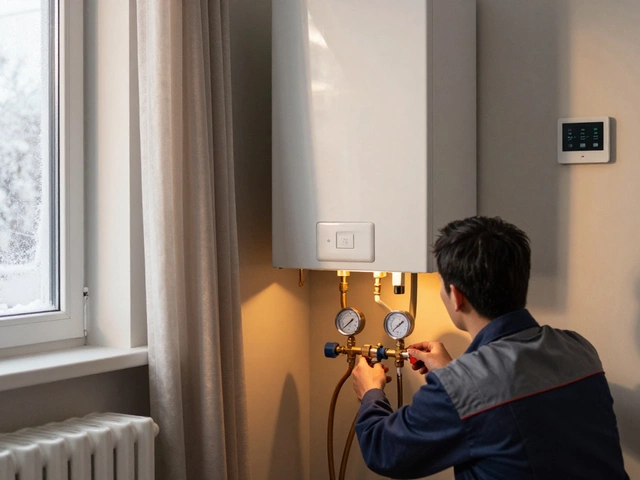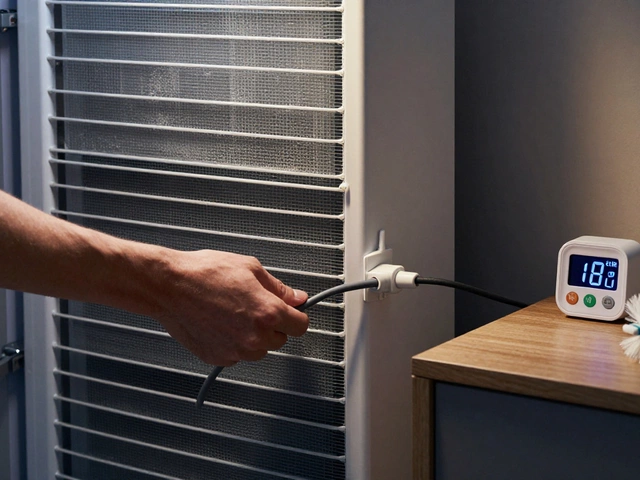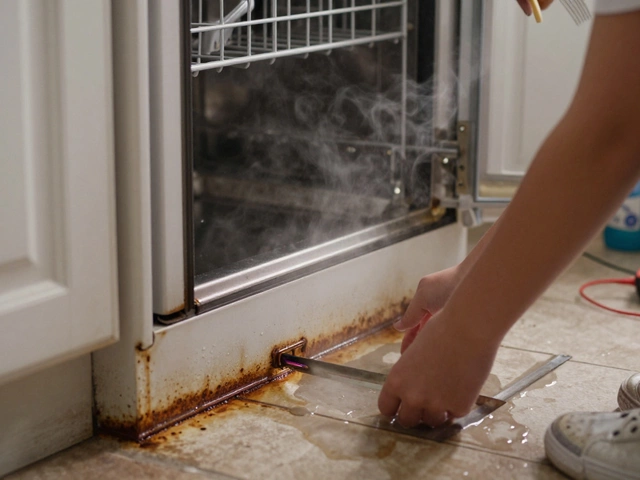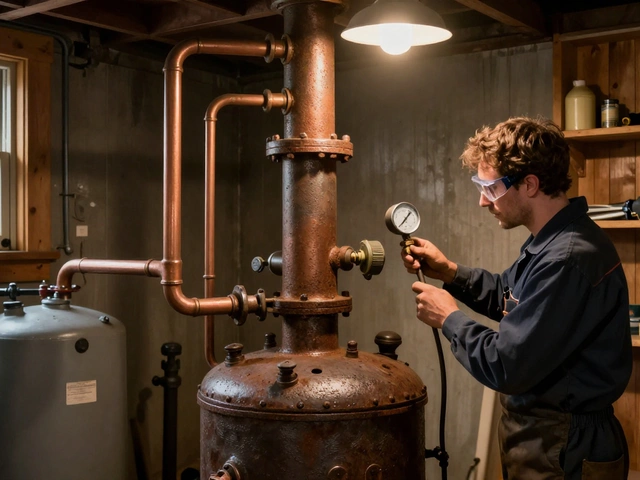Hot Water Heater Thermostat: What It Is and Why It Matters
When working with hot water heater thermostat, the device that monitors and controls the temperature of the water inside a heater. Also known as water heater thermostat, it signals the heating element to turn on or off. The thermostat is a key part of a water heater, the container that stores and heats domestic hot water, which also includes a heating element, the electric coil or gas burner that actually raises the water temperature and a temperature sensor, a probe that feeds real‑time heat data to the thermostat. In many models a dip tube, the tube that delivers cold water to the bottom of the tank works together with the thermostat to keep water mixed at the right temperature. Hot water heater thermostat problems can cause cold showers, overheating, or wasted energy, because the thermostat regulates the heating element and coordinates with the temperature sensor, forming a closed loop that maintains set‑point temperature.
Common Issues and Simple Checks
If you notice lukewarm water or a sudden loss of heat, the first thing to check is whether the thermostat is still reading correctly. A faulty thermostat often sends a false low‑temperature signal, keeping the heating element off. You can test this by feeling the element (when safe) or using a multimeter on the thermostat terminals – a steady resistance reading usually means it’s OK. The dip tube can also clog with sediment, limiting cold water flow and causing the thermostat to over‑compensate, which may lead to temperature spikes. Many homeowners skip the sensor; a dirty or displaced temperature sensor gives the thermostat inaccurate data, so cleaning or re‑positioning it often restores normal operation. When the thermostat fails completely, the heating element may run nonstop, raising the risk of a burst tank. In such cases, replacing the thermostat is usually cheaper than swapping the whole heater.
Regular maintenance keeps the thermostat, heating element, and sensor in sync. Flushing the tank yearly removes mineral build‑up that can coat the sensor and the element, preserving accurate temperature readings. Checking the thermostat’s calibration every 2‑3 years helps catch drift before it affects performance. If you’re comfortable with basic electrical work, swapping a faulty thermostat is a quick DIY job: turn off power, disconnect the wires, note the wiring diagram, fit the new unit, and restore power. However, if the heater is gas‑fired or you spot signs of corrosion, it’s safer to call a professional. Below you’ll find detailed guides on diagnosing cold‑water issues, resetting the thermostat, and performing full‑service maintenance, so you can decide whether to fix it yourself or schedule a service call.
How to Diagnose a Faulty Hot Water Heater Thermostat
- Alden Wilder
- Oct 13 2025
- 0 Comments
Learn how to spot a bad hot water heater thermostat, test it safely with a multimeter, replace it yourself, and troubleshoot related issues in this step‑by‑step guide.
View More